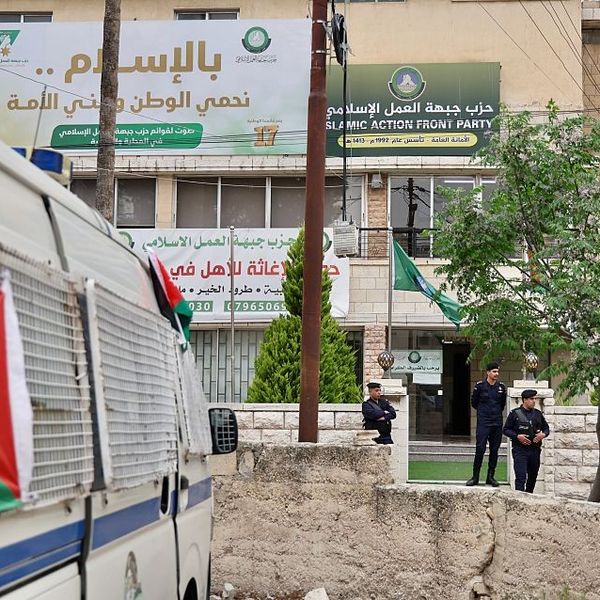Bottom Line Up Front
- Toward the end of May, John Walker Lindh was released from U.S. federal prison after serving 17 years of a sentence stemming from ten charges related to terrorism.
- At least 90 more terror-related offenders will be released in the United States over the next five years.
- Fears of recidivism are legitimate given that Lindh appears to be an even more fervent supporter of global jihad today than he was when apprehended in Afghanistan in 2001.
- The Islamic State’s territorial caliphate has been crushed, but its ideology
John Walker Lindh’s background might seem a strange fit for one of America’s most notorious terrorists. He grew up wealthy in Marin County, California, and converted from Catholicism to Islam as a teenager. Lindh traveled to the Middle East to study Arabic and spent time in Yemen before moving to Pakistan and becoming involved in Islamic militancy. He was among the earliest and most infamous of foreign fighters arrested in the months after the September 11, 2001 attacks. Lindh trained at terrorist camps, met Osama bin Laden and fought with al-Qaeda in Afghanistan until the U.S. military apprehended him there. Upon his capture, Lindh’s image was beamed into television sets across the U.S., quickly earning him the nickname 'American Taliban.' Lindh was detained as a prisoner at a camp in northern Afghanistan, the scene of an uprising by inmates that led to the killing of C.I.A. officer Mike Spann. He ultimately pled guilty to fighting alongside the Taliban (avoiding more serious charges of conspiracy to kill Americans) and was sentenced to 20 years in federal prison. On May 27, 2019, Lindh was freed after 17 years, his sentence reduced by three years for 'good behavior' while incarcerated.
Now that he has been released, there are legitimate concerns about what Lindh will do next, though the term of his three-year period of parole will be heavily supervised and accompanied by court-imposed restrictions on his communications and travel. The National Counter Terrorism Center (NCTC) noted in a 2016 report that Lindh' continued to advocate for global jihad and to write and translate violent extremist texts.’ He exchanged letters with Graeme Wood of The Atlantic in which he expressed support for the so-called Islamic State. Recidivism is thus a serious concern, particularly for those like Lindh who genuinely seems to have committed to the violent ideology of al- Qaeda and the Islamic State.
Lindh’s extremely restrictive post-release supervision prevents him from having any access to the internet except on a court-approved device, and all his communications must be in English. This kind of around-the-clock monitoring takes away security services resources. Moreover, as witnessed with the recent actions of Anjem Choudary, the longtime leader of the Islamist activist network al-Muhajiroun, recently released from prison in the United Kingdom, hardcore ideologues who remain committed to their cause can still play an influential role in promoting radical beliefs.
It is unclear if Lindh does indeed maintain a drive to proselytize and directly further the violent ideology of bin Ladenism. What is clear is that the U.S. needs to do much more to prepare for the dozens more convicted terrorists who are eligible for release in the next five years. The NCTC reports that perhaps 90 current inmates in federal prison could be released within the next five years. There are very few established programs that have shown positive results in 'deradicalization,' a controversial term which itself is subject to doubt and debate. Even programs that deemed successful in other countries, including in Saudi Arabia to the U.K., often lack the assessment, evaluation, and measurement methodologies to determine whether they are effective and if so, why. In the U.S., there is no uniform approach to dealing with convicted terrorists once they leave prison, and no best practices approach to rehabilitating individuals or reintegrating them successfully back into society. This issue will only become more urgent in the coming years. The Islamic State’s territorial caliphate has been crushed, but its ideology remains as attractive and enduring as ever










